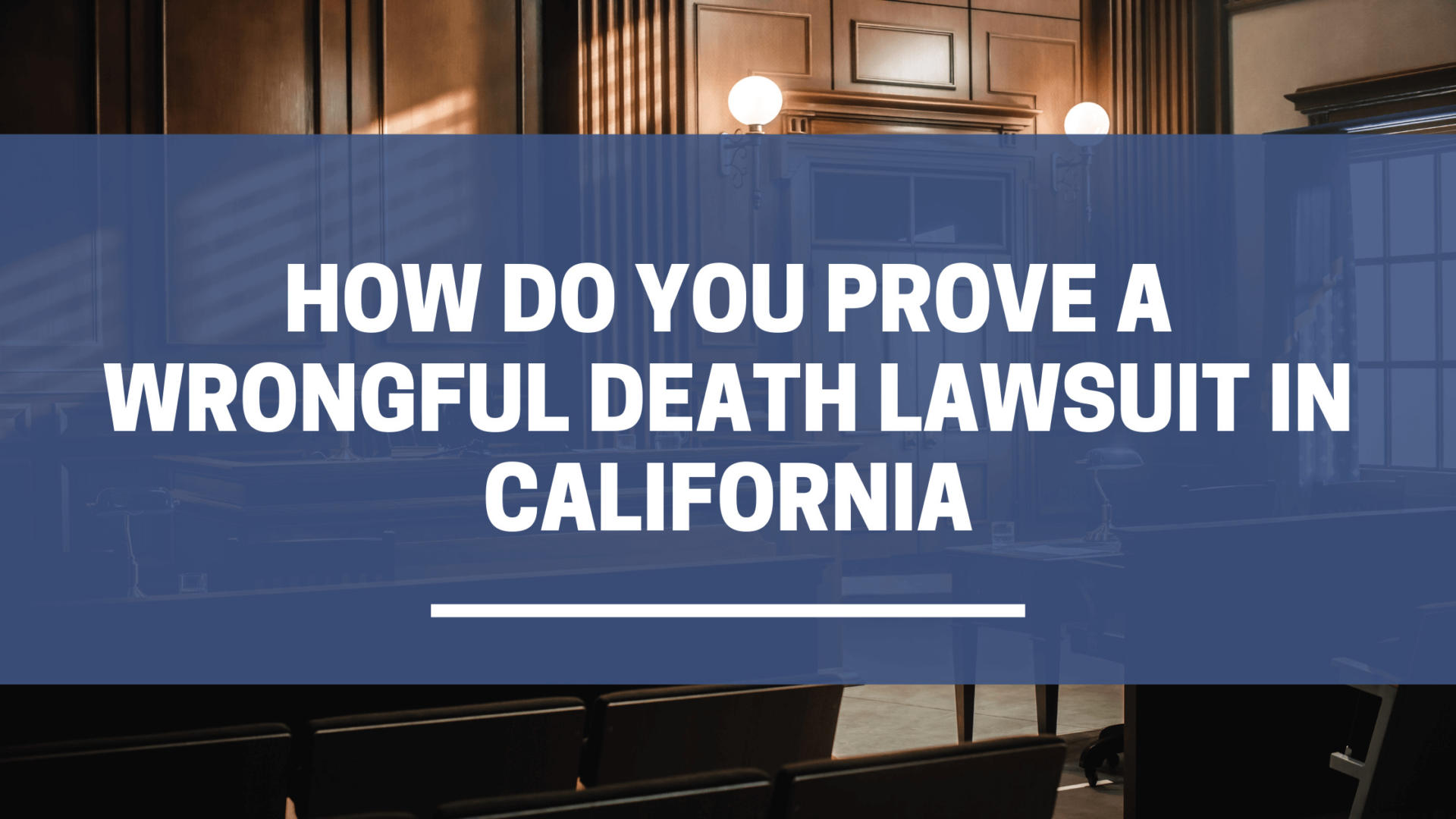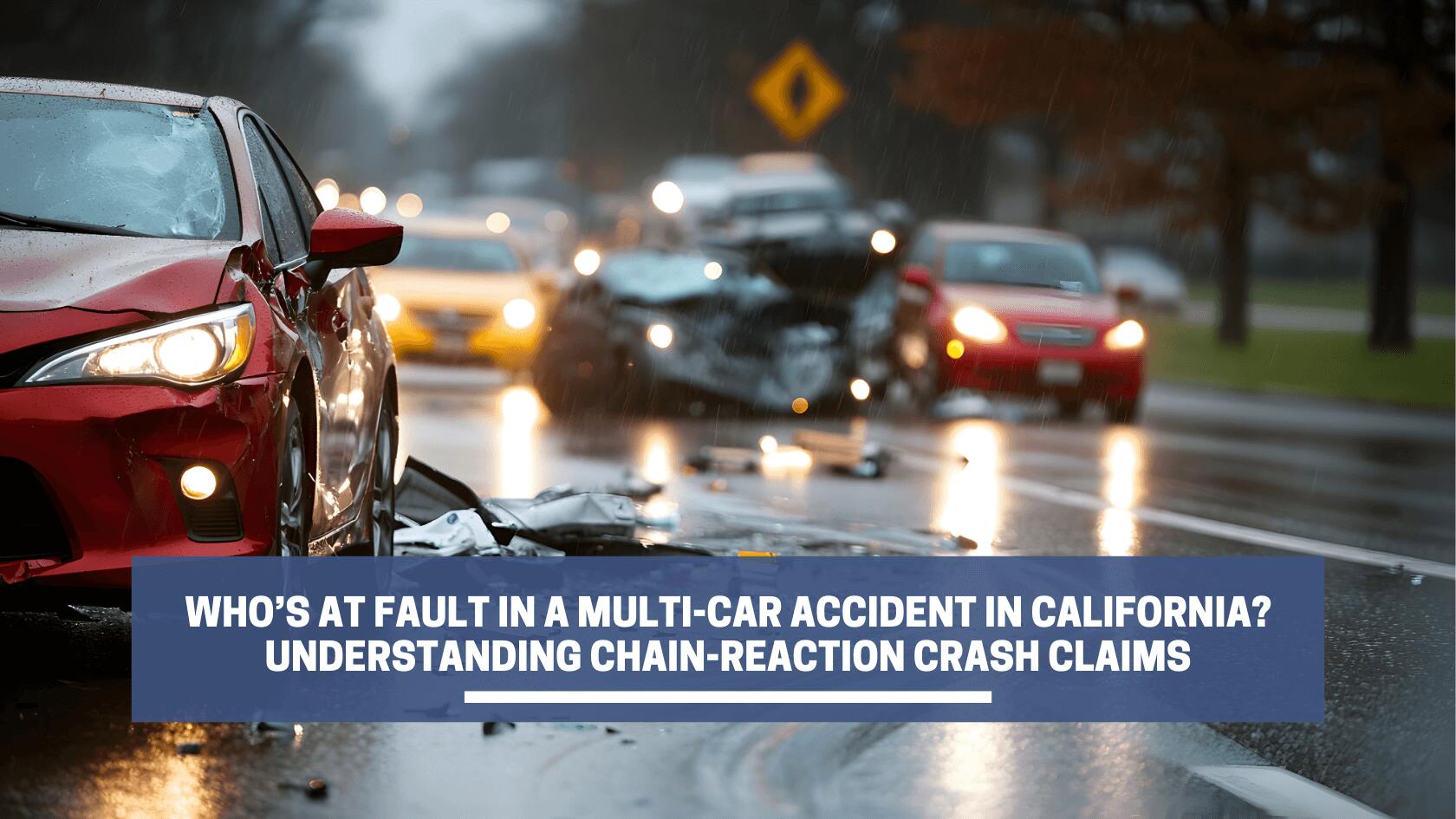If you’ve experienced the loss of a loved one due to the intentional or negligent actions of another, you may be able to seek justice on their behalf. Surviving family members or a legal representative of the deceased’s estate can file a wrongful death lawsuit in civil court against the person who caused your loved one’s death.
Wrongful death lawsuits have strict legal guidelines that must be met to win your case. The deceased’s survivors will not be compensated for their loss without proving these elements. This is why it’s important to work with a California wrongful death attorney who understands the legal requirements of your case.
What is a Wrongful Death Lawsuit?
A wrongful death lawsuit is a civil claim against a person whose negligent or malicious behavior caused the death of another. These lawsuits are brought on behalf of victims, who would have filed a personal injury lawsuit if they had not died.
If the defendant is found legally liable for the death, the deceased’s survivors are awarded compensation for their loss. Payouts from these cases include compensation for monetary and non-monetary damages incurred by the defendant’s actions.
California law limits who can file a wrongful death claim to the deceased’s survivors or legal representative. This includes the surviving spouse, domestic partner, and children. If there are no direct survivors, other family members such as siblings, parents, or legal guardians may also file a wrongful death lawsuit.
Common Types of Wrongful Death Lawsuits
Wrongful death claims can be filed after various accidents or situations occur. The most common situations that lead to a wrongful death lawsuit include:
- Car accidents. Accidents where the other driver’s negligence caused the death of your loved one may result in a wrongful death case.
- Medical malpractice. When a doctor or health care provider fails to diagnose or treat a patient, resulting in their death, their surviving kin can file a wrongful death lawsuit. In these cases, the health care provider may have acted with negligence or known their actions would harm their patient.
- Intentional killings. Criminal actions such as shootings, stabbings, or other violent crimes that result in death can be tried in criminal court and civil court through a wrongful death claim. Defendants that acted with intent or malice qualify the case for this claim.
- Supervised activities. Schools, daycare centers, and field trip activities can result in wrongful death cases when negligence is involved. Deaths due to negligence or intentional harm in assisted living, nursing homes, and other care programs also result in wrongful death lawsuits.
Is it Hard to Prove Wrongful Death?
Yes, wrongful death lawsuits can be hard to prove. These cases require you to prove all four legal elements of wrongful death. If you can only successfully prove three out of the four elements, you will not have met the legal standards, and your lawsuit is unsuccessful. You and your family will only be compensated if you can meet the burden of proof for all four elements.
However, meeting the burden of proof for a civil court case can be easier than criminal cases. The highest burden of proof, guilty beyond a reasonable doubt, exists in criminal court cases only. Civil court cases don’t require as high a standard for proof, making claims easier to prove.
In civil cases such as wrongful death lawsuits, the burden of proof lies with the plaintiff, the person filing the claim. The plaintiff’s burden of proof for wrongful death cases is a preponderance of the evidence.
This means the plaintiff must offer evidence that shows their claims have more than a 50% chance of being true. If the evidence the plaintiff provides shows their claim is more likely to be true than not true, they have met their burden of proof.
What are the Four Elements in a California Wrongful Death Lawsuit?
Not all deaths will qualify for a wrongful death lawsuit. Valid wrongful death cases must prove four legal elements through evidence. These elements are negligence, breach of duty, causation, and damages.
Negligence
The plaintiff must prove that negligent actions by the defendant caused their loved one’s death. Negligence is the failure to act in accordance with the standard of care or within a reasonable manner that results in the injury or death of another.
Acts of negligence, recklessness, or carelessness committed by the defendant that were partially or wholly to blame for the death must be proven for compensation to be awarded.
Breach of Duty (death of another person)
The defendant must have owed a legal duty of care to the deceased. This is the responsibility to act in a rational way that others would act in a given situation. For example, doctors have a duty to make medical decisions that will not intentionally harm or injure their patients. Drivers also have a duty to operate their vehicles and follow traffic laws in ways that don’t injure others.
A breach of duty is any action or omission of an action that another reasonable party wouldn’t have committed. It includes acts of recklessness or carelessness by the defendant and their disregard for the safety of others.
Breach of duty also occurs when the defendant has malicious intent to harm another person. In wrongful death cases, breach of duty results in the death of another person.
Causation
In a wrongful death case, the plaintiff will have to prove how the defendant’s negligence caused or substantially contributed to the death of their loved one. They must prove that the fatal injury or death would not have happened without the defendant’s breach of duty.
Plaintiffs don’t have to prove the defendant meant to harm or kill your loved one. They only have to prove that the defendant’s negligence contributed to the cause of your loved one’s death.
Damages
The fourth element in a wrongful death case requires the plaintiff to prove their loved one’s death resulted in quantifiable legal damages. Damages from the loss of a loved one include economic damages that are easy to quantify, such as:
- Medical expenses
- Funeral and burial costs
- Bills from hospitalizations
- Loss of income and future earnings potential
- Investments and other financial support
- Gifts or benefits the plaintiff expected to receive from the deceased, such as child support payments
- Reasonable value of household services the deceased would have provided, including mowing the lawn and making repairs
Non-economic damages are not as easy to calculate because they deal with the emotional and mental loss of a loved one. Non-economic damages include:
- The loss of companionship, love, moral support, care, comfort, assistance, affection, or protection
- Loss of guidance and training from a loved one
- Loss of enjoyment from sexual intimacy
- The pain, suffering, or disfigurement your loved one experienced before their death
Wrongful Death Statute of Limitations in California
A statute of limitations is the filing deadline for a lawsuit. In California, eligible survivors have two years starting from the time their loved one died to file a wrongful death lawsuit. If a wrongful death claim has not been initiated within those two years, survivors of the deceased may lose their legal right to file a lawsuit. There are a few exceptions to the statute of limitations.
Wrongful death lawsuits involving medical malpractice have a different statute of limitations. Survivors have three years from the date of their loved one’s death or one year from the date they discovered the death was caused by medical negligence to file a lawsuit. The statute of limitations applies to whichever of these events occurs first.
The discovery rule is another exception to the two-year statute of limitations for wrongful death lawsuits. In cases where the discovery rule is applied, survivors couldn’t have reasonably known the victim had died.
It allows the two-year statute of limitations to start when family members are aware of the death instead of the date the death occurred.
The statute of limitations for your wrongful death case may not be straightforward. Working with an attorney is a good way to ensure your lawsuit is filed within time limits so you won’t lose the compensation you’re entitled to.
Wrongful Death Settlements
If the plaintiff meets the burden of proof for all four elements of their wrongful death lawsuit, they will have proved their case and be awarded compensation. While some wrongful death cases are tried in court where a jury and judge are involved, many get settled out of court and avoid a trial.
In settlements, compensation is paid by the defendant’s insurance company if they are found to be legally liable for the death of your loved one. Payouts from settlements are given to the surviving family members and not to the deceased’s estate. Awards for wrongful death claims are excluded from gross income and are considered non-taxable by the IRS.
How Settlements are Calculated
Wrongful death settlements are calculated based on a number of factors. First, settlements can be limited by the defendant’s insurance policy. Insurance policies have maximum limits they will payout and vary between companies and policy types. The defendant’s insurance company cannot award an amount that is more than their policy limit. The defendant may be responsible for paying amounts over their policy limits if they have the funds.
Compensation is also calculated based on the circumstances of the case. The monetary damages of the wrongful death case will be added up. Attorneys use this amount to help calculate non-economic damages, which are not as easily quantifiable. More serious cases of negligence and cases with higher amounts of damages are awarded more compensation.
Experienced Wrongful Death Lawyer
Strong evidence is needed to prove a wrongful death case. If one or more elements of the case don’t meet the burden of proof, survivors of the deceased aren’t awarded compensation for their loss. For the best outcome of your case, consider hiring legal representation from a wrongful death law firm at Shirvanian Law Firm.
Our Los Angeles wrongful death lawyers bring experience and compassion to every case. We understand the emotional and financial suffering your family is going through and want to build a strong case for you.
Our knowledge of wrongful death claims and their legal requirements means we’ll develop legal strategies to maximize your compensation. Contact us today for a free consultation of your case.











